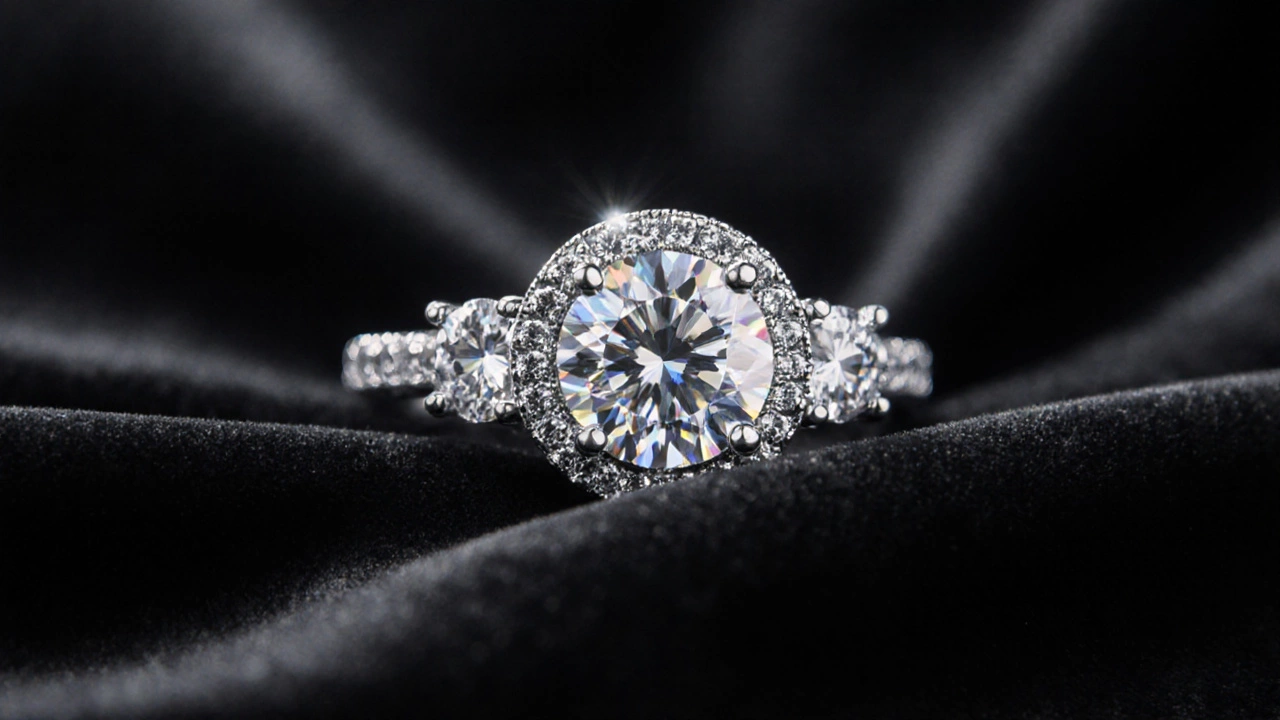How Much to Spend on an Engagement Ring – Your Budget Guide
When planning engagement ring budget, the amount you set aside for the ring you’ll propose with. Also known as engagement ring cost, it shapes every decision from stone size to metal type. Understanding this budget helps you avoid surprise bills and keeps the focus on the moment, not the math.
Key factors that drive the budget
The first thing most couples ask is how much to spend on engagement ring. The answer isn’t a single number; it’s a mix of diamond carat weight, the size of the main stone measured in carats, metal choice, and additional details like cut, color, and clarity. A larger carat typically raises the price faster than better cut or color, so many shoppers pick a balance that fits their style and wallet.
Another major piece of the puzzle is engagement ring selection, the process of choosing the design, setting, and stone together. Couples who shop together often land on a price that feels fair to both, while solo shoppers might set a strict cap early on and stick to it. Knowing whether you’ll pick a classic solitaire or a vintage halo can change the cost by a few hundred pounds.
Metal matters, too. Platinum looks luxurious but sits higher on the price chart than 14‑karat gold. If you’re tight on cash, opting for white gold offers a similar look without the premium. Remember that the metal also affects long‑term care costs; some metals need regular polishing while others stay shiny longer.
Timing can shave dollars off the bill. Buying during off‑season sales or around major jewellery events often nets you a discount of 10‑20%. Keeping an eye on local Bristol jewelers’ newsletters gives you a heads‑up on flash sales, which is especially handy when you’re budgeting.
Don’t forget hidden expenses. Insurance, ring resizing, and a protective warranty can add up. Many couples allocate about 5‑10% of their ring budget for these extras. Adding them to your spreadsheet now prevents a nasty surprise later.
Now that you’ve seen the main cost drivers, let’s talk numbers. The classic “two‑month salary” rule still pops up, but real couples in Bristol often spend between £2,000 and £6,000. If you’re buying a 0.75‑carat diamond in 14‑karat gold, expect to land near the lower end. Push the carat to 1.2 and choose platinum, and you’ll be closer to the higher end.
How do you decide where you fall on that range? Start with a clear picture of your overall wedding budget. If your total wedding cost is £20,000, allocating 10‑15% to the ring keeps the rest of the day affordable. Use a simple spreadsheet: list desired carat, metal, and any extra services, then plug in average prices from local retailers. Adjust one variable at a time until the total matches your comfort zone.
One practical tip from Bristol couples: visit at least three shops and compare the same stone specs. You’ll quickly see how markup varies and where you can negotiate. Some independent jewellers are happy to trade a small discount for a quick payment, while larger chains might bundle a free resize.
Finally, remember that the ring’s sentimental value far outweighs the price tag. A well‑chosen piece that reflects both partners’ tastes will be treasured for decades, regardless of whether it cost £2,500 or £7,000. Keep the focus on meaning, not on hitting an arbitrary number.
Below you’ll find articles that break down each of these topics in more detail – from carat weight basics to budgeting tricks and real‑world cost examples. Dive in to get actionable advice that fits your style and your wallet.
Is $20,000 Too Much for an Engagement Ring? Cost Guide & Budget Tips
Explore whether $20,000 is excessive for an engagement ring, learn how price is driven by diamonds and metals, and get budgeting tips to make a smart choice.
View More